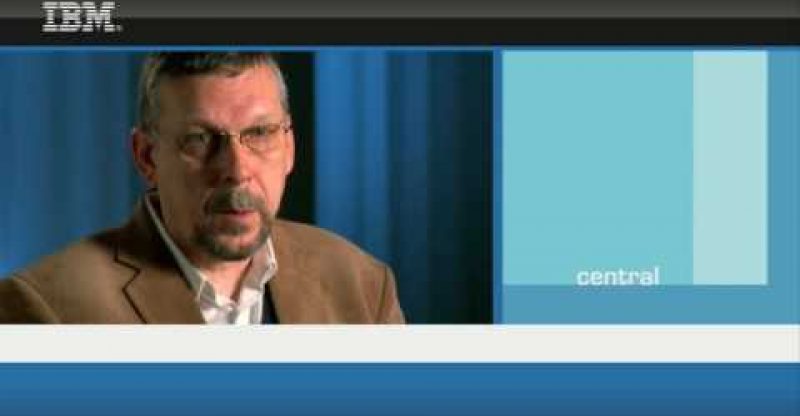IBM Smarter Planet: Reducing Traffic Congestion
http://www.ibm.com/services/us/gbs/bus/html/bcs_traveltransportation.html?cm_mmc=agus_cxobankp-20091101-uscxv007-_-v-_-swedish-_-youtube IBM helped the Swedish Road Administration solve major traffic congestion problems in Stockholm using best-of-breed application skills and IT.
Lars-Olov Lissel: Road Administration is responsible for maintaining the roads in Sweden and also for traffic safety and a sound environment when it comes to traffic.
Tina Lofdahl: We had problems in the central city, having 450,000 cars a day. And we wanted to reduce that.
Lars-Olov Lissel: Stockholm is a city on islands, and that means there are very few ways to get in and out of Stockholm. And Stockholm is really heavily congested, so they sought for a way to reduce congestion and improve the environment.
Tina Lofdahl: We knew that the congestion was going to grow and that we had to do something.
Lars-Olov Lissel: We thought it was a good solution to build a system where we could charge the customers with taxes for entering and leaving Stockholm and IBM was chosen to deliver the system because they proved they really understood what we needed.
Voiceover: The IBM Application Services team designed and developed a robust solution built on SAP and WebSphere Portal. The solution included application and IT development as well as ongoing application management for the system.
Tina Lofdahl: IBM showed that they really understood the needs that we had as a customer. It all starts when you are choosing to drive your car within the city. And when you are crossing the line to the inner city, you will be, a photo will be taken of you, of the car, and the car will be recognized through automatically by the system.
Lars-Olov Lissel: The information goes to the central system in Copenhagen and if we have not succeeded in identifying the number plates there is a second OCR engine
reading the number plates, and the output from that part of the system identifies passages.
Tina Lofdahl: IBM on the portal when they are crossing the line, they can see the amount they have to pay.
Lars-Olov Lissel: The system was designed and built in less than one year.
Voiceover: IBM was able to take advantage of its global scale and depth of application expertise to help accelerate the solution implementation, and meet the needs of the Swedish Road Administration. IBM also managed the solution using IBM’s leading application management approach and best practices from working with thousands of clients across the globe.
Tina Lofdahl: It was successful for the citizens because it was easy to see, they saw the benefit from day one. It is also very important to the system that the system has been accurate, just knowing that the system is okay and you can be confident about the system is very important.
Lars-Olov Lissel: We have reduced the traffic in Stockholm by about 15%, and that also reduces the emission of carbon dioxides and other emissions quite drastically.
Tina Lofdahl: I would say that the success of the congestion tax in Sweden is the result of a very close cooperation between the people at the Swedish Road Administration and IBM. I think it has improved being in the city, the environmental has been better.
Lars-Olov Lissel: The traffic would have increased by about 10% if you didnt have the congestion tax system, so I know that the effect is good.
source






